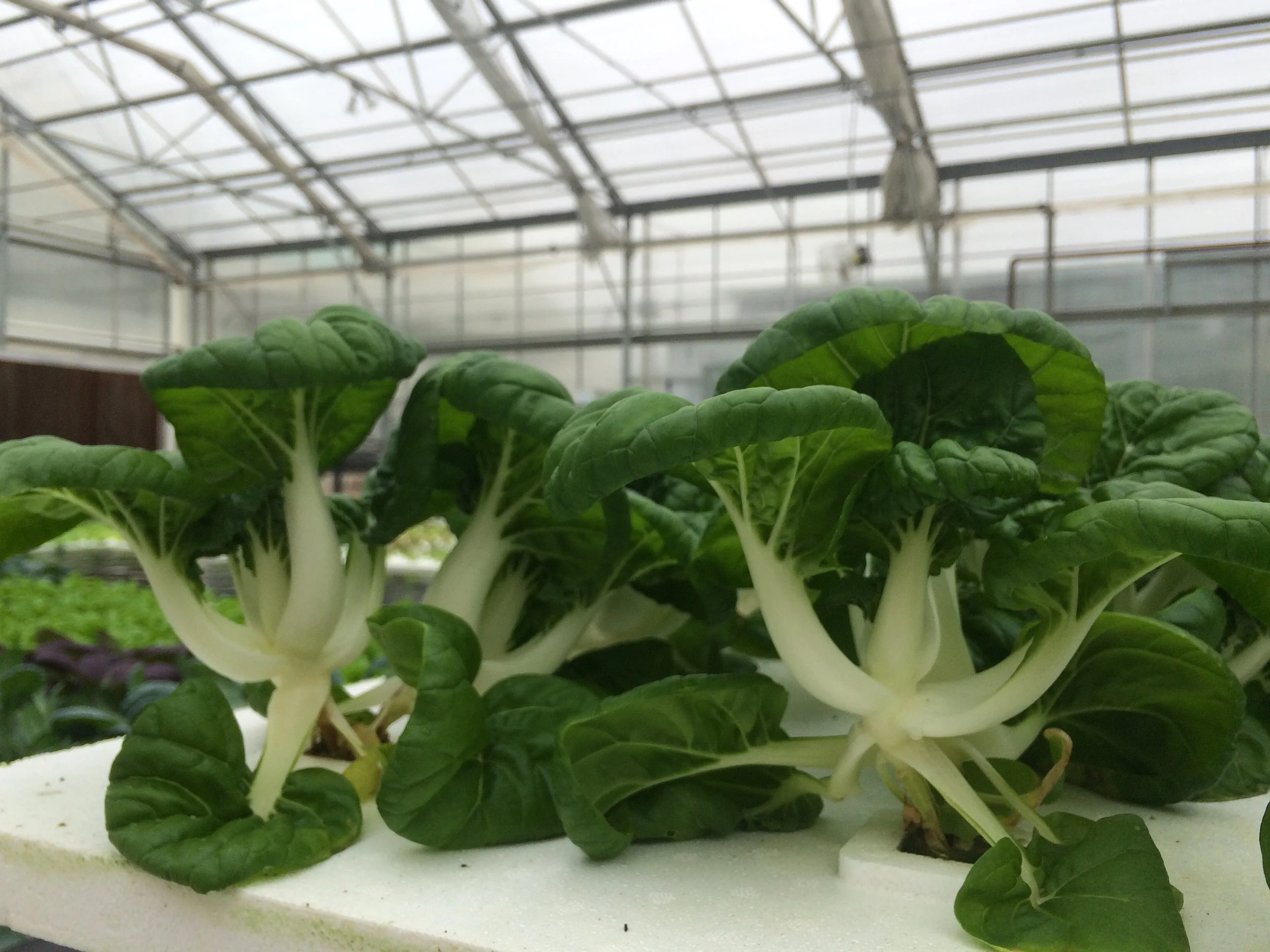Growing Hydroponic Specialty Crops
Tyler Baras
I recently did an interview with Evan Bromfield of The Urban Vertical Farming Project and I'm super excited about how it came out! Below is an excerpt, head over to The Urban Vertical Farming Project blog to read the whole article!
“Hydroponic Monsters: Not your usual suspects of lettuce and tomatoes, but these little-known plants kill it in hydroponic systems
Mizuna – “Mizuna is just a beast in hydroponics,” Tyler says. “It’s just the easiest crop to grow.” Mizuna’s serrated leaves look like saw teeth and it has a peppery, spiced taste, like a more mild version of arugula, something most people are already familiar with.
Mint – My farm already has 7 different mint varieties growing and we are still trying to get up and running fully. That 7 could easily double. Tyler says that some of the more unique flavors of mint are “a good way to really surprise someone. Though some of them are just gross.” He gags at the memory of lavender mint. But, anyone who has made the mistake of planting mint directly into a garden bed knows it’s a voracious plant, and it’s no different in hydroponics. Varieties that many people have never heard of (including the bartenders that make great customers for this specific plant) include: chocolate, pear, and pineapple.
Sorrel – Sorrel leaves have an interesting lemony tang similar to oxalis, an easily forageable edible plant most people think is a clover-like weed. In fact, oxalic acid gives both of these plants their flavor. Tyler recommends that when giving samples to chefs “Start with eating the stems and then the leaves. And, usually you just see the red vein sorrel, but the green sorrel is way tastier.”
Watercress – “It just explodes in any system I put it in,” says Tyler. “But it’s a magnet for aphids so you have to have a pretty good pest control program.” Tyler has found that it’s also a good plant for the farmers market. “Usually I think of it as something that people aren’t super familiar with, but if they know it they love it.”
”

